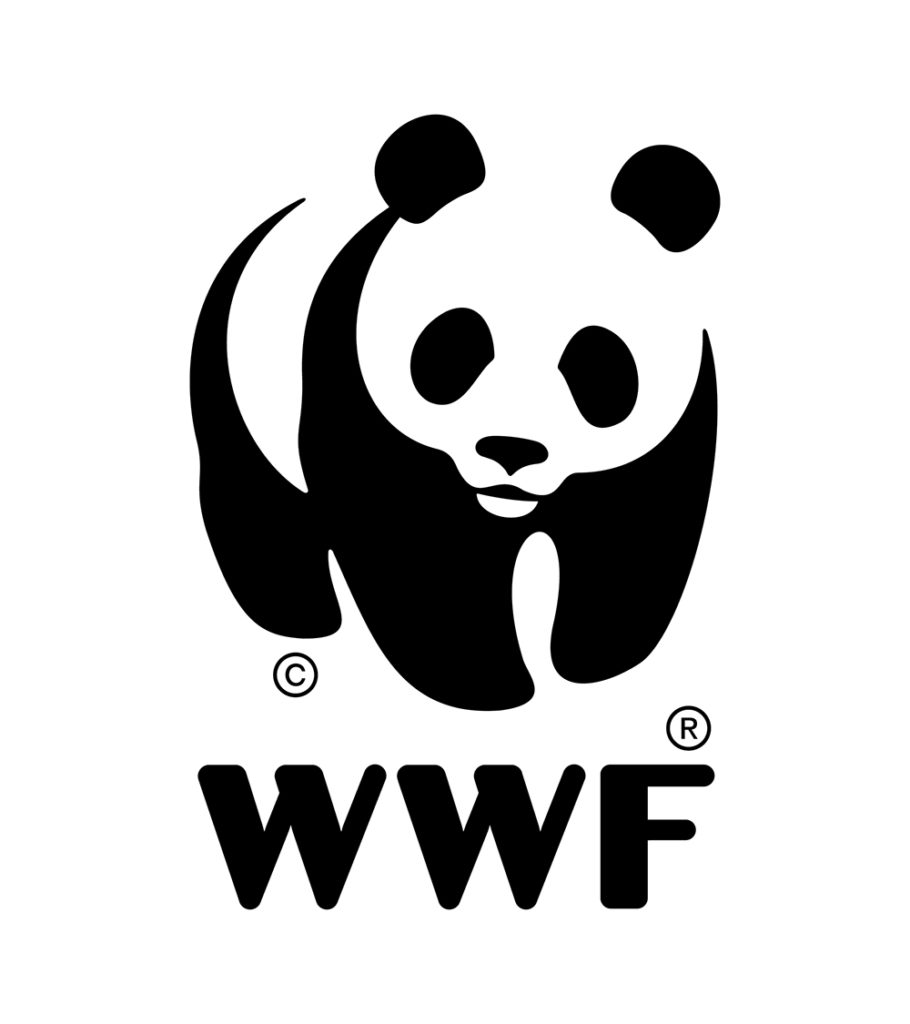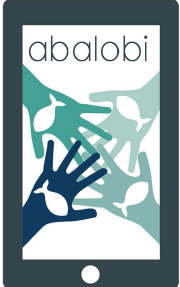
Monitoring and Evaluation Resources
Filter: All
 Coastal Community Led Conservation Initiative: Definitions List (0.07mb)
Coastal Community Led Conservation Initiative: Definitions List (0.07mb)
 Environmental and social safeguards (ESSF)
Environmental and social safeguards (ESSF)
Safeguards are designed to manage risks, uphold human rights, and ensure conservation projects deliver better outcomes for communities and nature. WWF uses safeguards to identify, avoid and mitigate any negative social and environmental impacts within our work. We apply safeguards in the design, implementation, and monitoring of all of our field-based activities in landscapes and seascapes.
Household Asset Index (0.40mb)
This tool explains how to measure relative wealth using Household Asset Indicators
Months of Adequate Household Food Provision (MAHFP) (0.47mb)
Household food access is defined as the ability to acquire sufficient quality and quantity of food to meet all household members’ nutritional requirements for productive lives. This guide provides an approach to measuring household food provisioning as a proxy measure of household food access.
Community-Based Natural Resource Governance Indicators
B1a (R6), B1b (P7), B1c (S6) Community-Based Natural Resource Governance (6.33mb)
To maximise the effectiveness of our conservation interventions at the same time as improving human wellbeing, it is important to monitor the ‘human factor’ in our programmes alongside indicators of biodiversity pressure, state and response. For this reason, it is proposed that WWF’s common indicators of outcomes and impact include a set of three interlinked ‘Community resource governance’ indicators. By communities we refer to local, indigenous and tribal people whose livelihoods are directly affected by the governance of natural resources.
Guide for planning and management of Marine Protected Areas with participation of local and/or indigenous communities, based on the Conservation Standards (0.07mb)
The purpose of the guide is to by provide practical tools and guidance in mechanisms that strengthen the planning processes in contexts where community participation is key to the success of the definition of management strategies, and where it is also fundamental to ensure the livelihoods of these communities. The guide aims to encourage local and indigenous communities to participate in the planning process and encourage others to be part of conservation initiatives as well.
 Mermaid
Mermaid
MERMAID is an online-offline web application for coral reef data collection. Our mission is to allow coral reef scientists to efficiently collect clean coral reef monitoring data. Users can register, create profiles and join projects with their teams as they collect field data offline through common transect methods. We believe that clean, standardized monitoring data, processed quickly and stored centrally and securely, can transform and accelerate coral reef conservation.
Mangrove tracker tool
The Mangrove tracker tool aims to improve mangrove management, augment or restore a mangrove conservation ethic, and reverse of trends in human-caused degradation of mangroves.
 Abalobi
Abalobi
The foundation of the app suite where fishers co–produce knowledge. Personal logbook with sharing options. Safety-at-sea integrations.
 Abalobi
Abalobi
Digitised community catch monitoring at the landing site & along the shoreline.
 Abalobi
Abalobi
Real-time fishery data & communications for co-management.
 Abalobi
Abalobi
Co-operative member & fleet management. Transparent collective accounting. Catch value-adding.
 Abalobi
Abalobi
Fish with an ecological & social ‘story‘. Towards community-supported fisheries. Empowerment in the value chain.
Spawning Potential Surveys
Length-based spawning potential ratio (LBSPR) work (Prince et al. 2015; Hordyk et al. 2015a, b, and Hordyk et al. 2016) highlights the importance of assessment models for data-limited fisheries that were robust and reliable while straight-forward to understand and implement simply but quantitatively into management advice.
